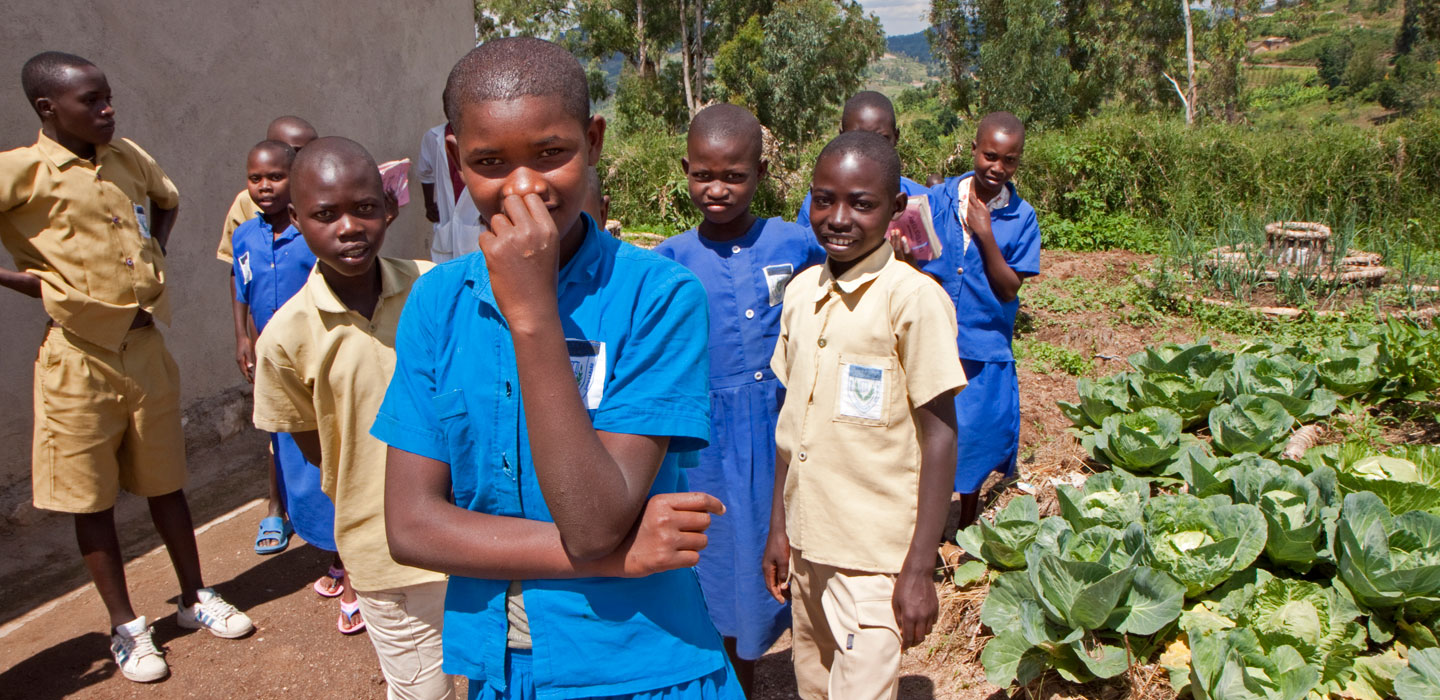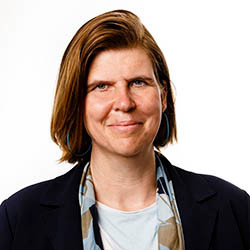Climate change talks cannot continue to ignore the needs of small-scale farmers
IFAD Asset Request Portlet
Asset Publisher
Climate change talks cannot continue to ignore the needs of small-scale farmers
Estimated reading time: 3 minutes
Poor rural people are among the hardest hit by climate change while contributing little to its causes. They deserve a fair share of climate finance to improve their resilience, and a seat at the table for the global climate talks.
The COP26 provides an opportunity to put the spotlight on poor rural women and men. After years of progress, hunger is on the rise again. Rising hunger has coincided with three of the four warmest years on record. And food production is under pressure from more intense and frequent droughts, pest outbreaks, storms and floods.
Around 2.5 billion people depend on the world’s 500 million small scale farms for their livelihood. They are particularly vulnerable to increasing temperature and extreme weather. On the flipside, small-scale farmers are responsible for only about five percent of global greenhouse gas emissions. Smallholder farmers rely heavily on rainfed agriculture. Flash floods, or even a short spell without rain, can cause harvests to fail, resulting in hunger and lack of money for schools, necessities or seeds for the next growing season. Chronic underinvestment in infrastructure, such as water storage and irrigation, has left smallholder farmers especially vulnerable.
Water scarcity and drought are affecting more and more people globally. Nearly 5 billion people worldwide will face at least one month of water scarcity each year by 2050. Floods may make the headlines with their dramatic damage, but the effects of drought are deep and enduring. Long-term effects include worsening health, disease, and the breakdown of food systems.
These effects can be disastrous for the nutrition of children, with often irreversible consequences. Children born during drought remain physically shorter, receive less education, have less agency and, ultimately, become less wealthy over their lifetime. Drought affects multiple generations, as children of mothers having experienced rainfall shocks in infancy are more likely to suffer from malnutrition.
Nowhere is the impact of climate change on the rural poor as visible as in Africa. Agriculture contributes to 32 percent of GDP in Africa, and hundreds of millions of Africans depend on increasingly unpredictable rainfall to grow their food. Africa has experienced more frequent and more intense climate events over the past decade. Some of the biggest changes in the climate are projected for Africa with its complex mix of large-scale weather systems. The Sahel region is particularly vulnerable to climate change, with 300 million people affected.
The good news is that the past few years have seen a rapid development of new technologies, drought-tolerant crop varieties, and better water management tools. But farmers need finance so they can adopt these solutions. They need money to dig a pond, to grow climate-resilient crops, to transport and sell their crops.
That’s why, at IFAD, we are prioritizing climate finance in our work with small-scale farmers. We were an early mover on climate adaptation and by 2019, climate finance represented one third of our programme.
A major area of focus is improving the allocation and management of water resources. In 2019, we financed irrigation schemes for 58,000 hectares of agricultural land. IFAD climate change interventions increased yields by nearly 140 per cent for some grains and as much as 300 per cent for some vegetables. In Nepal, we helped farmers introduce stress-tolerant rice varieties that grew well and were resistant to the impacts of drought. In subsequent years, we established seed producer groups to enable continued access of farmers to these varieties and ensure improvement in climate resilience will be sustained in the years and decades ahead.
But solutions need to be scaled-up. For this to happen, global climate finance needs to be better targeted to the poor. It must be adequate, accessible and appropriate. Unfortunately, at present this is far from the reality.
Less than two percent of global climate finance reaches small-scale agricultural producers. This is unacceptably low. Equally worrying, climate finance in general is inadequate. More must be done to meet commitments by developed countries under the Paris Agreement to mobilize an additional US$100 billion in climate finance. Total overseas development aid (excluding humanitarian support) remained stable between 2009 and 2018. This suggests that climate finance is not additional, but rather substituting for other aid or relabelled aid.
While past COP conferences have mostly concentrated on climate mitigation, COP26 will focus on climate adaptation and resilience. This is an opportunity for poor rural people to be included in decision-making. Also important, COP26 is only months apart from the United Nations Food Systems Summit 2021, making it possible to link the climate, food, and poverty agendas. In 2021, we have an important opportunity to transform food systems to end hunger and poverty in an environmentally sustainable way – one that we cannot afford to miss.
Publication date: 09 December 2020